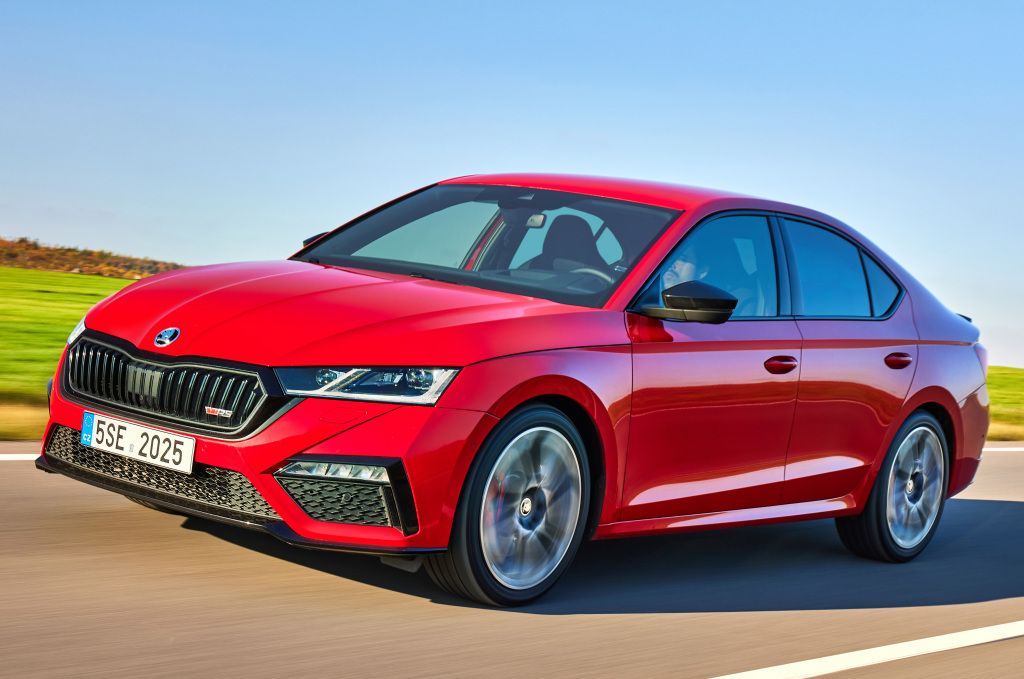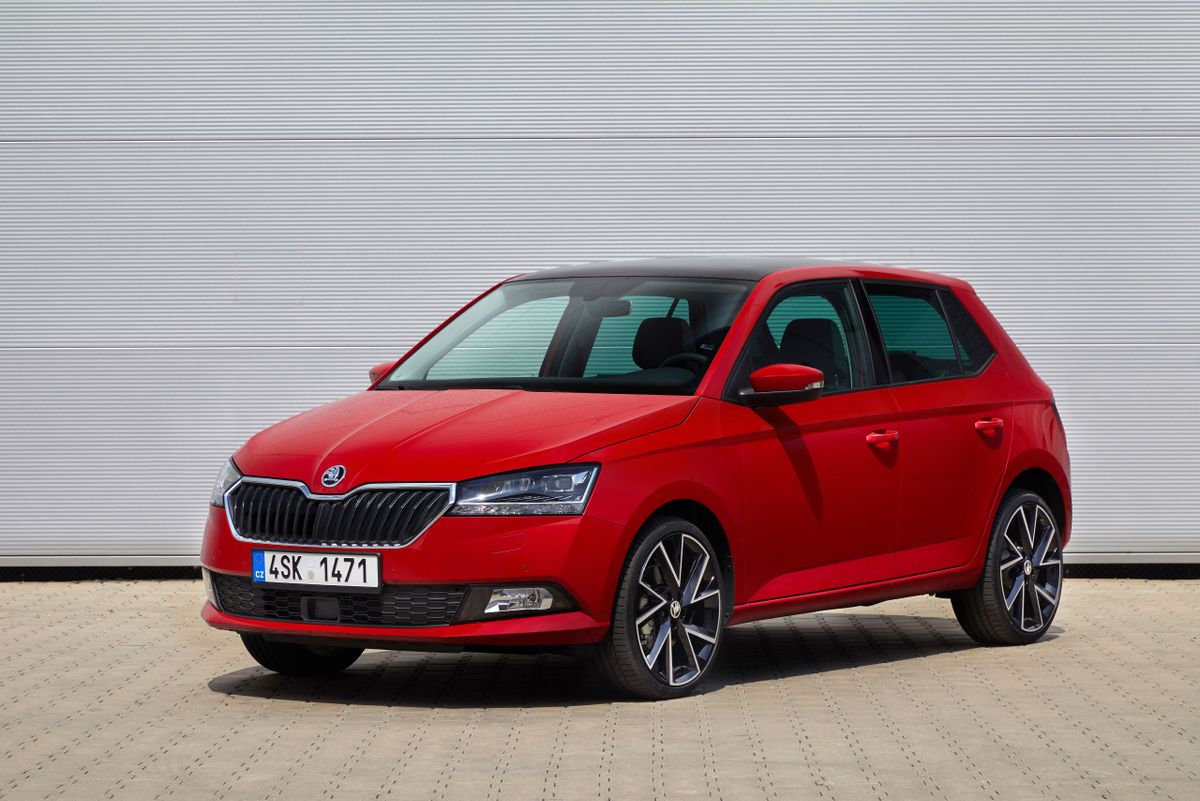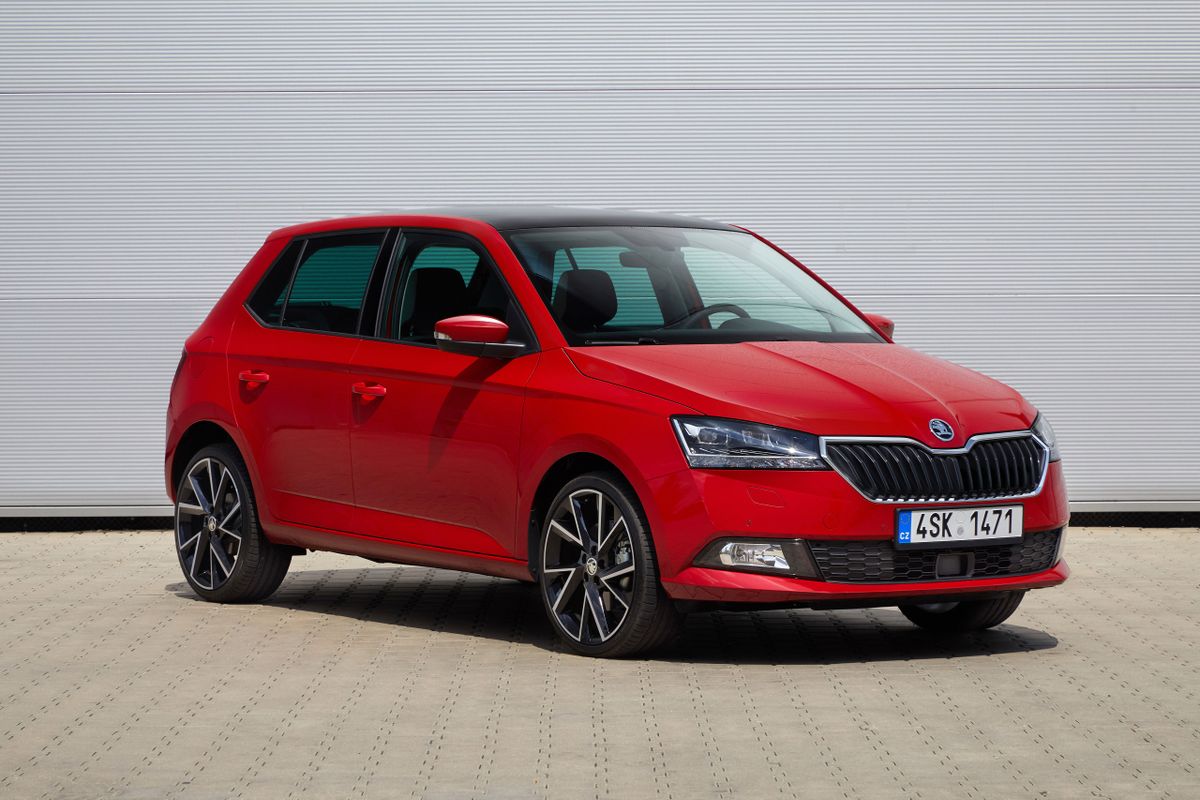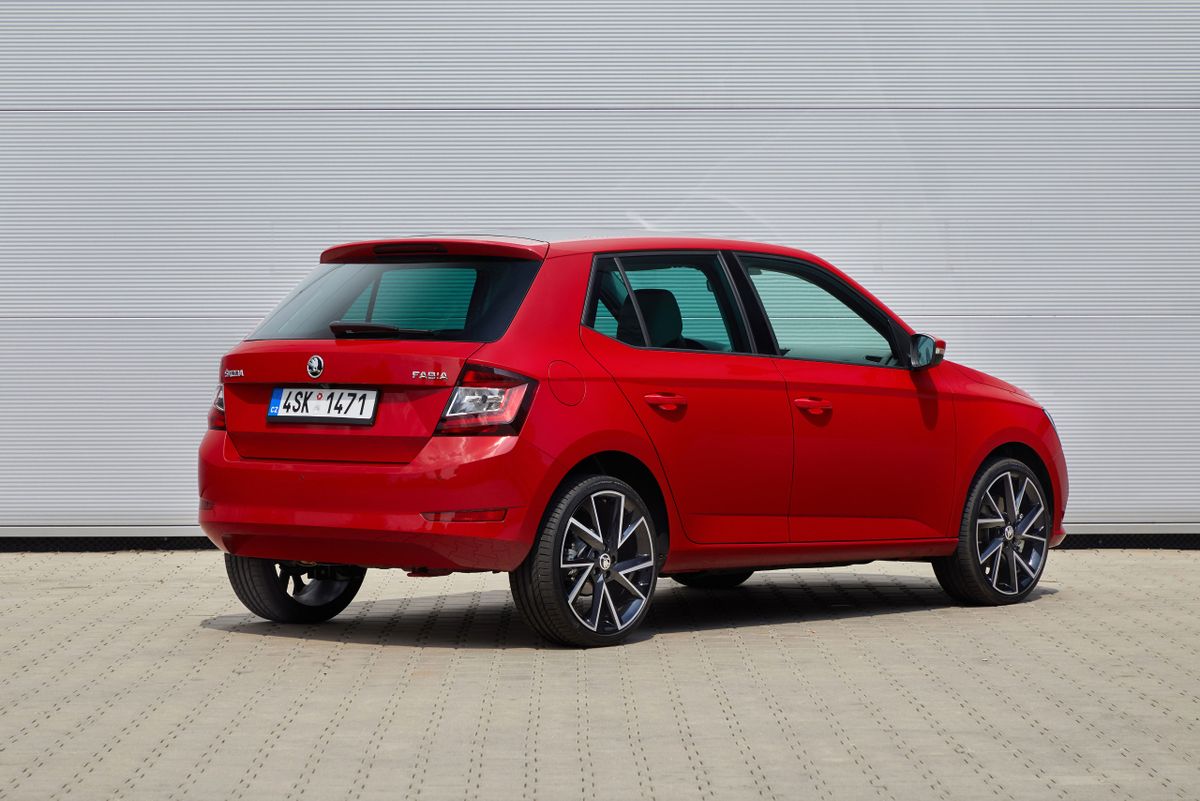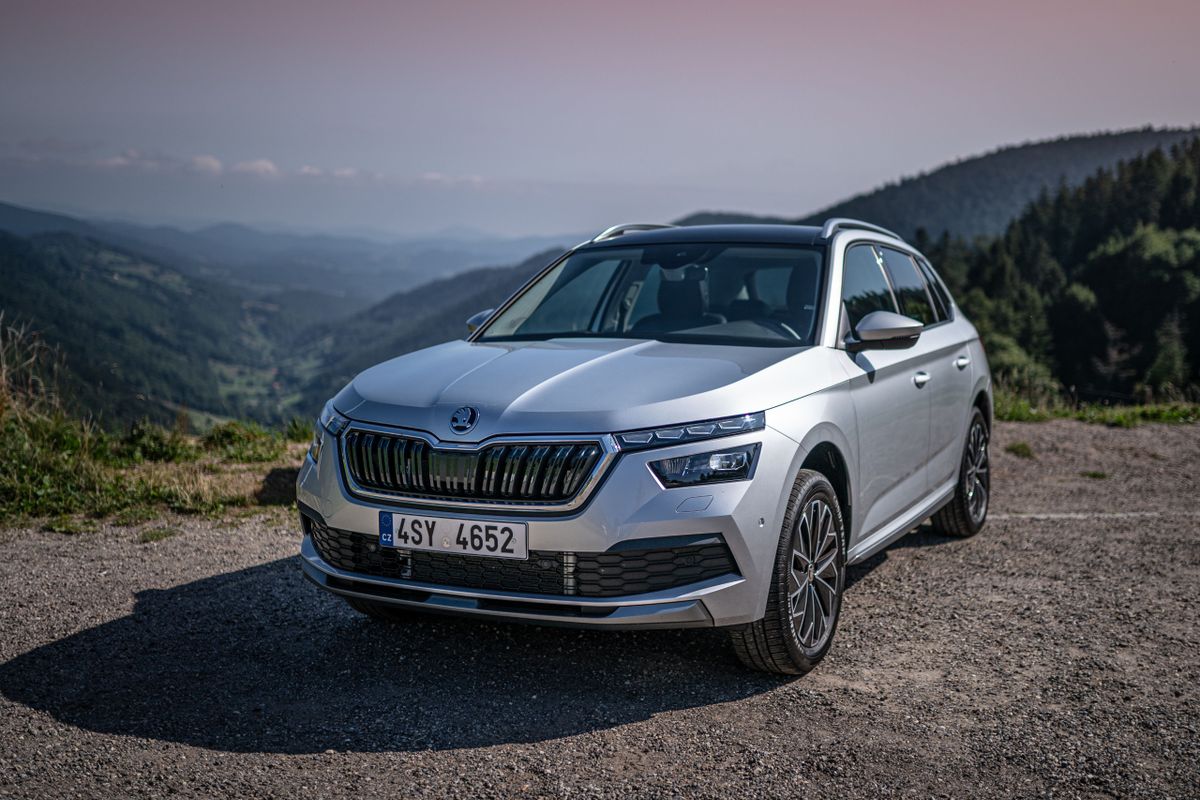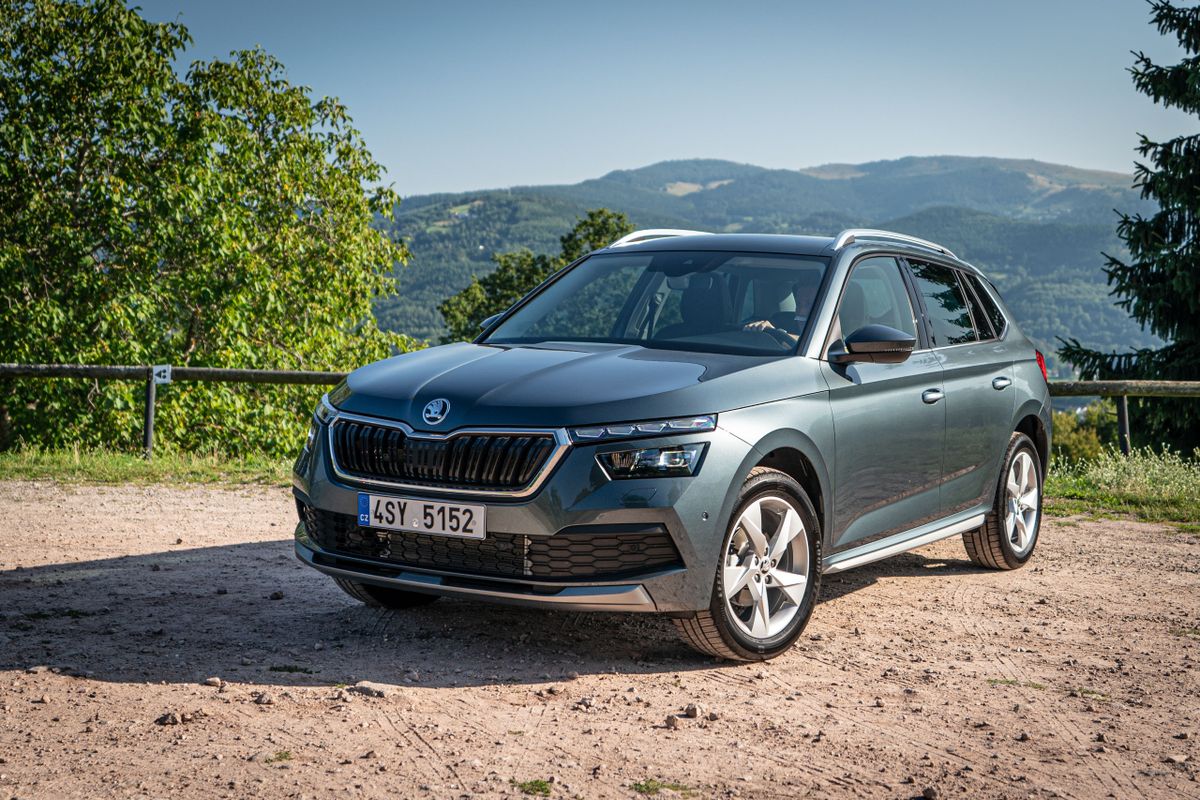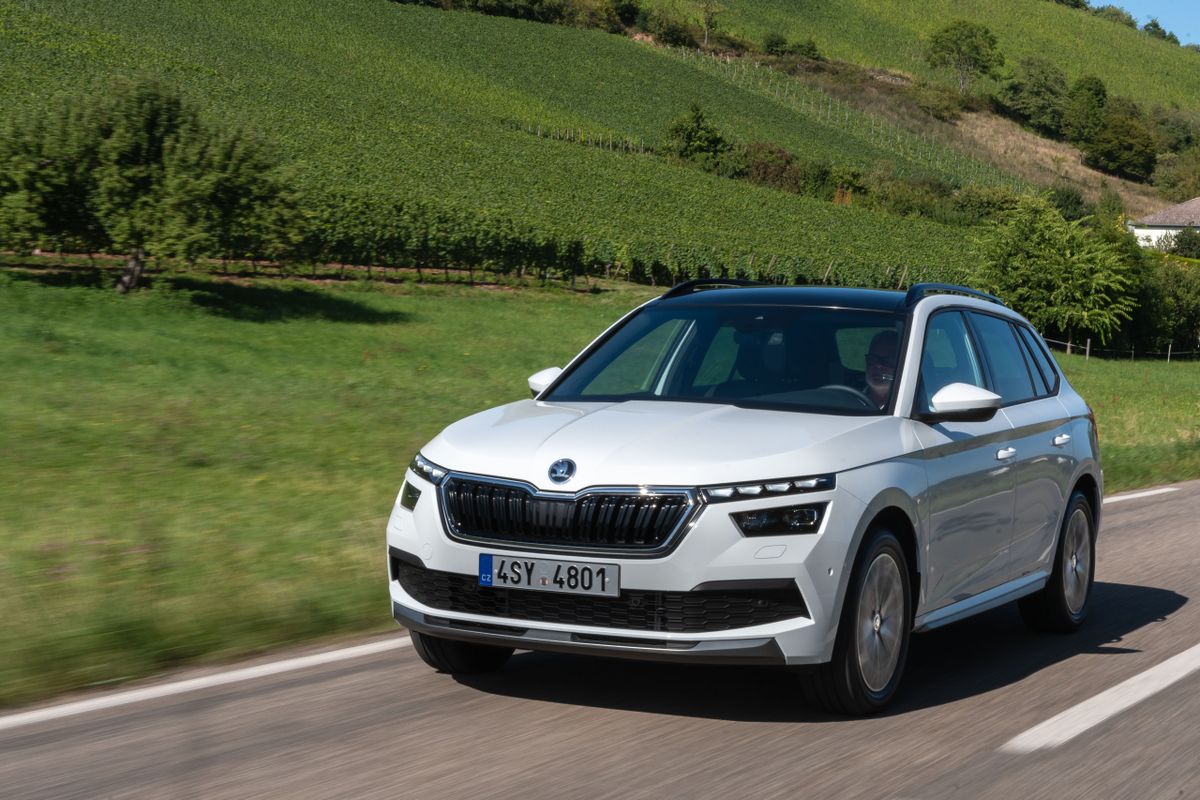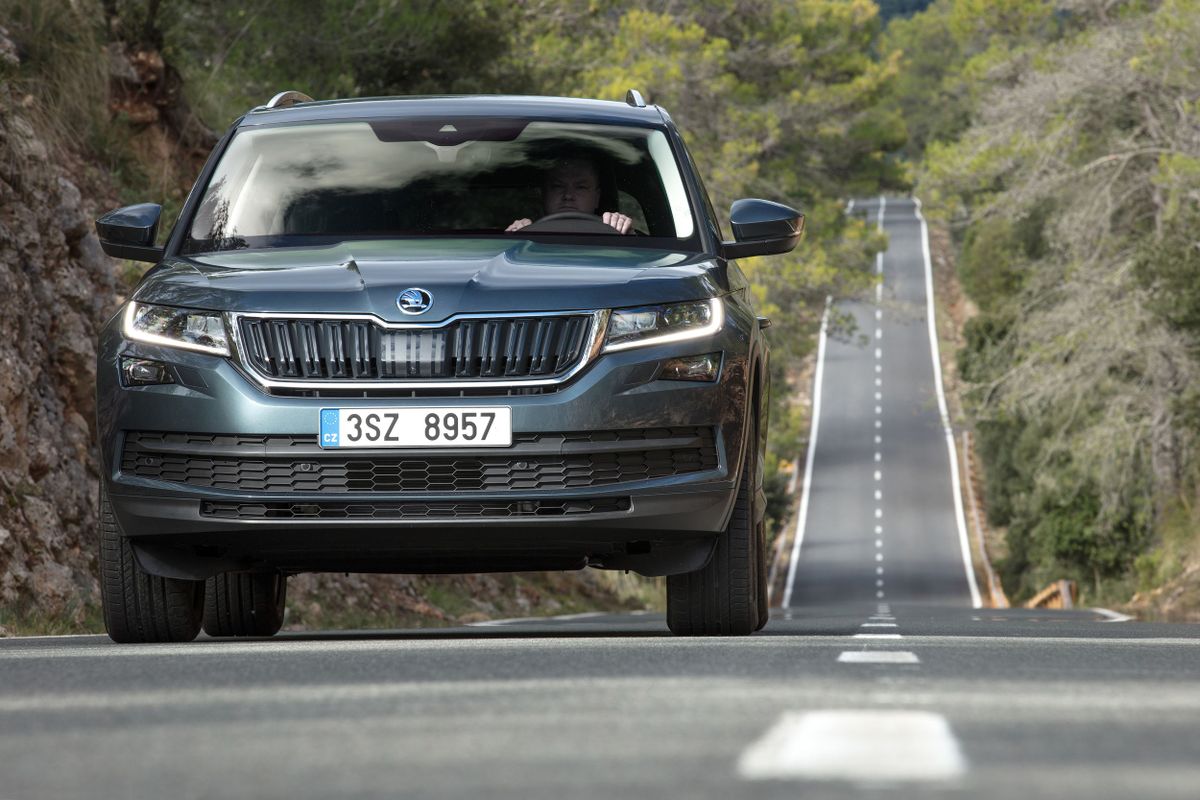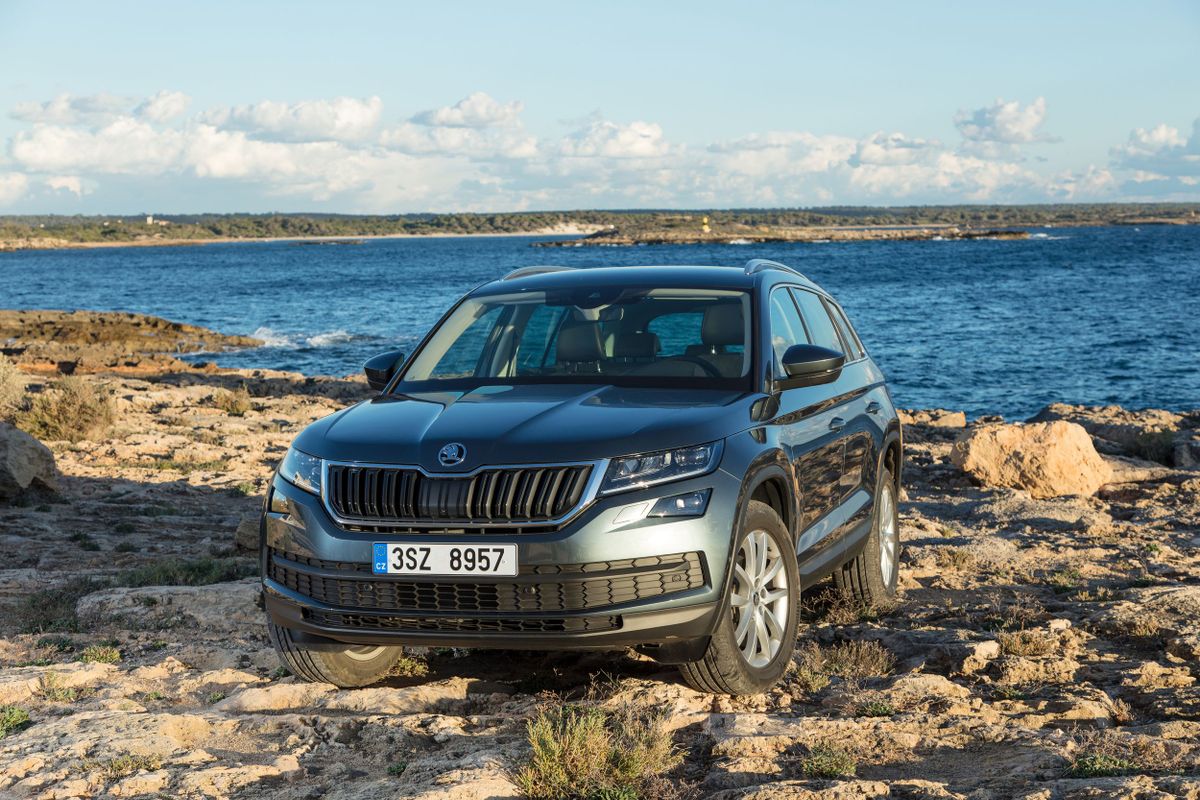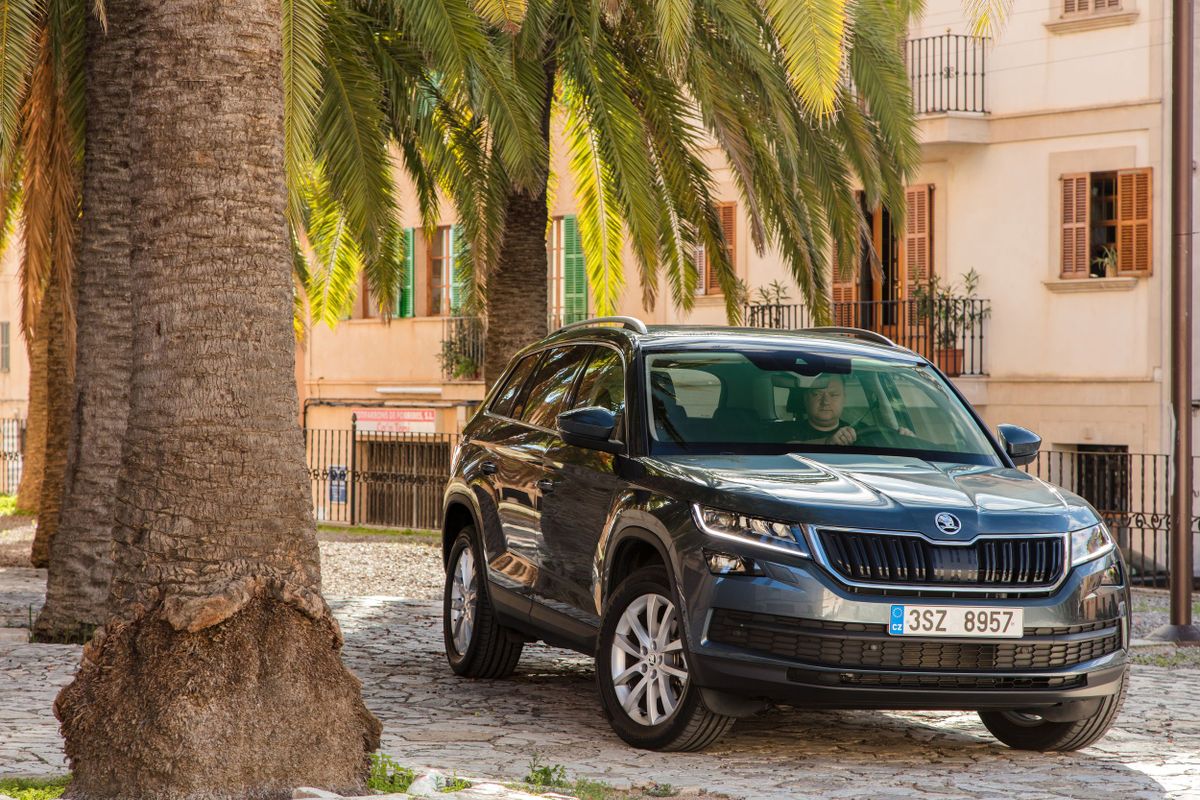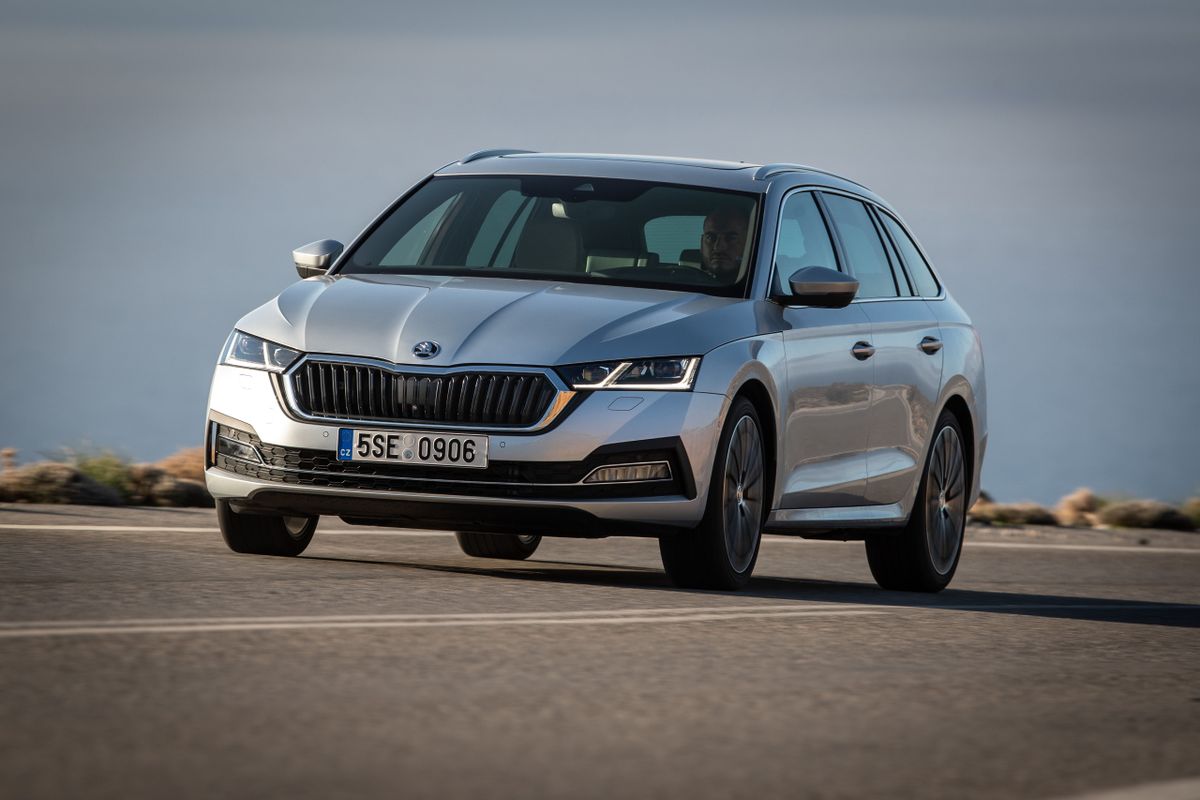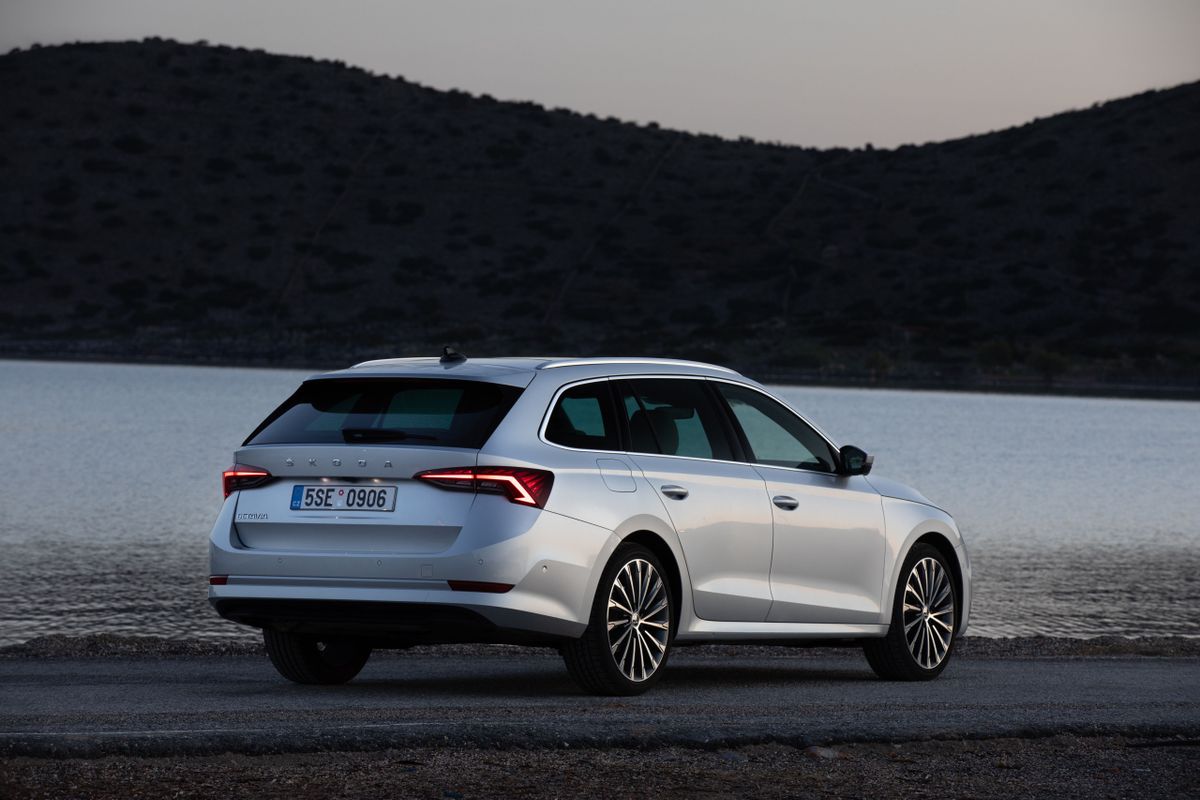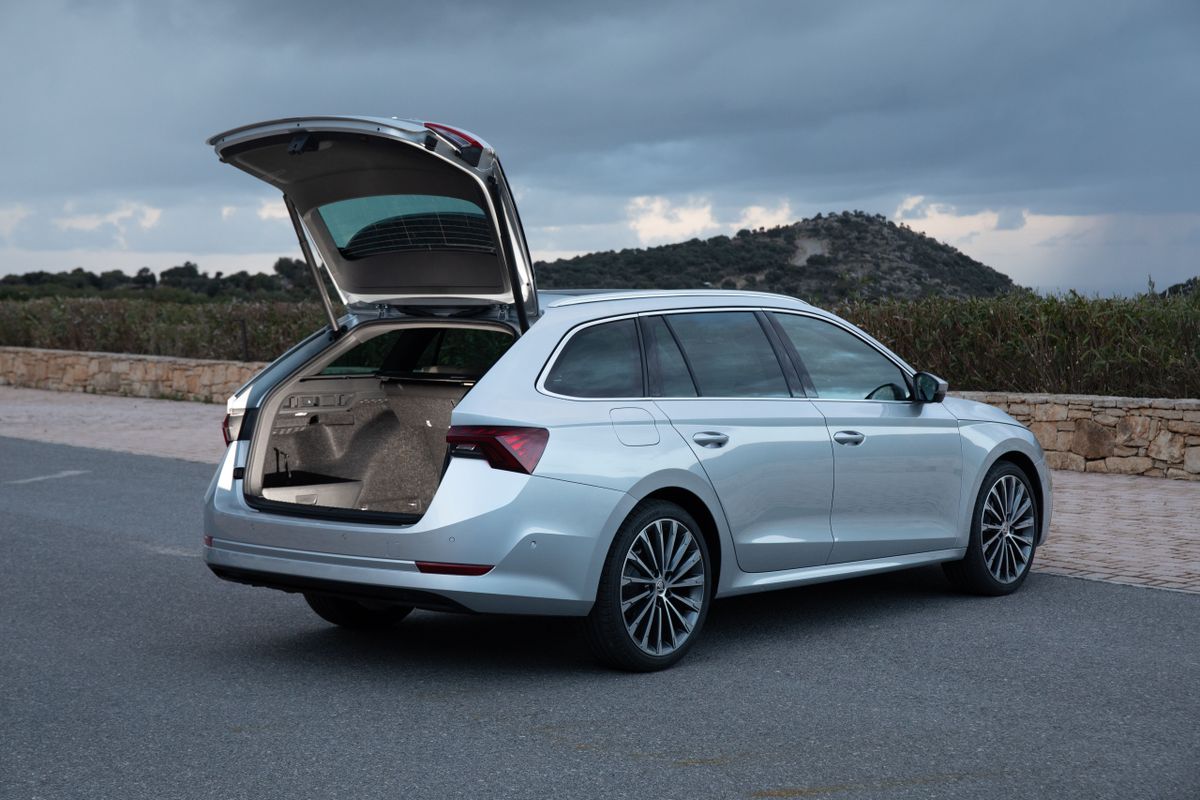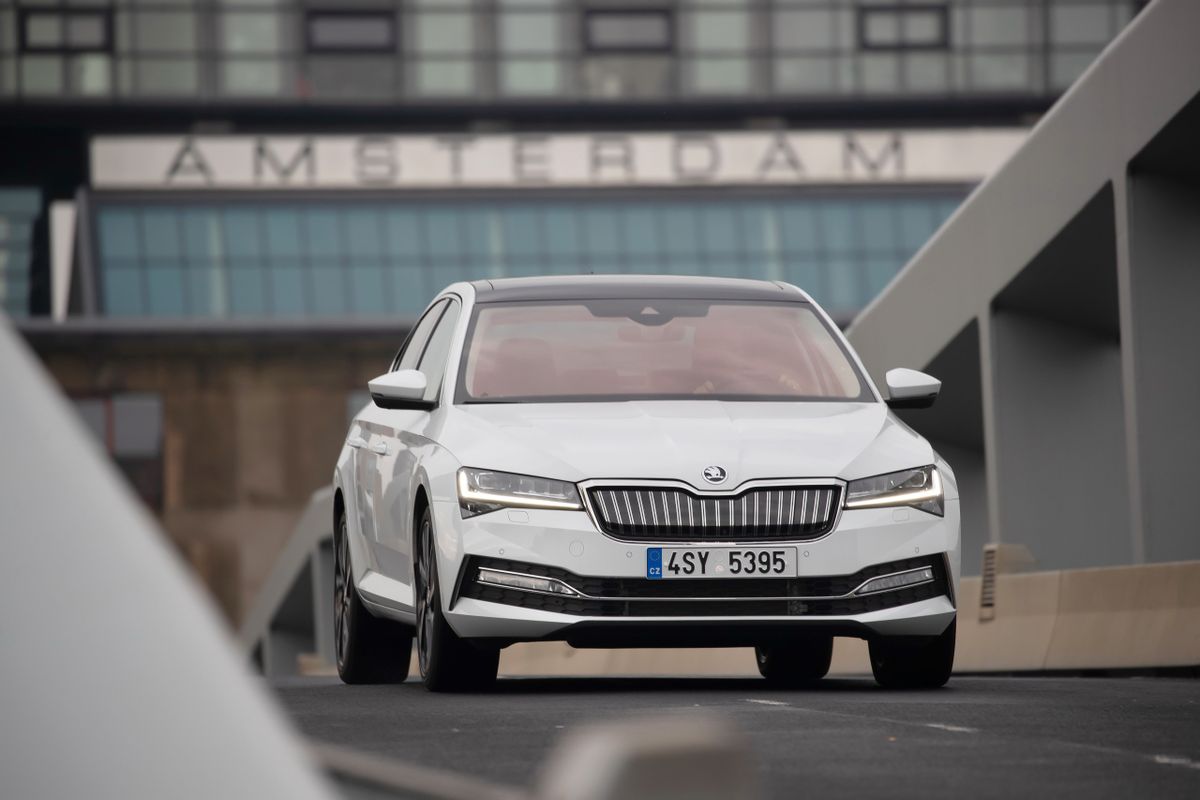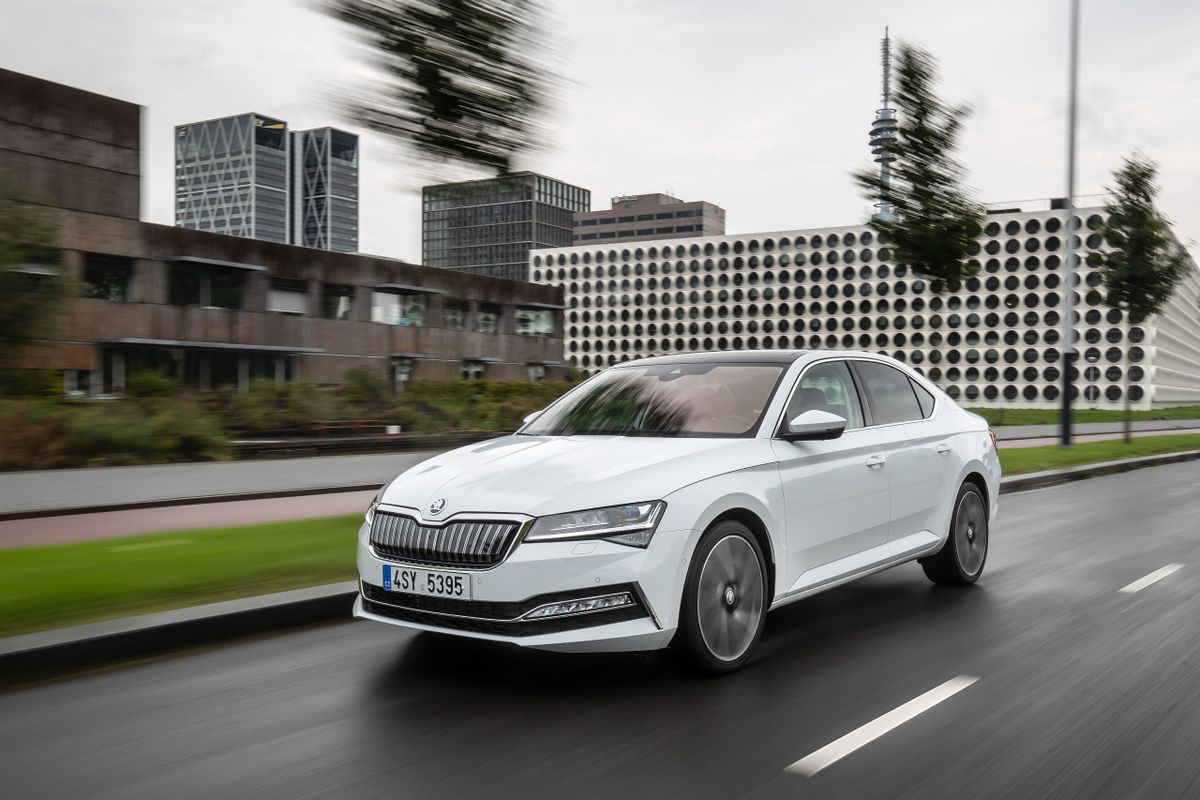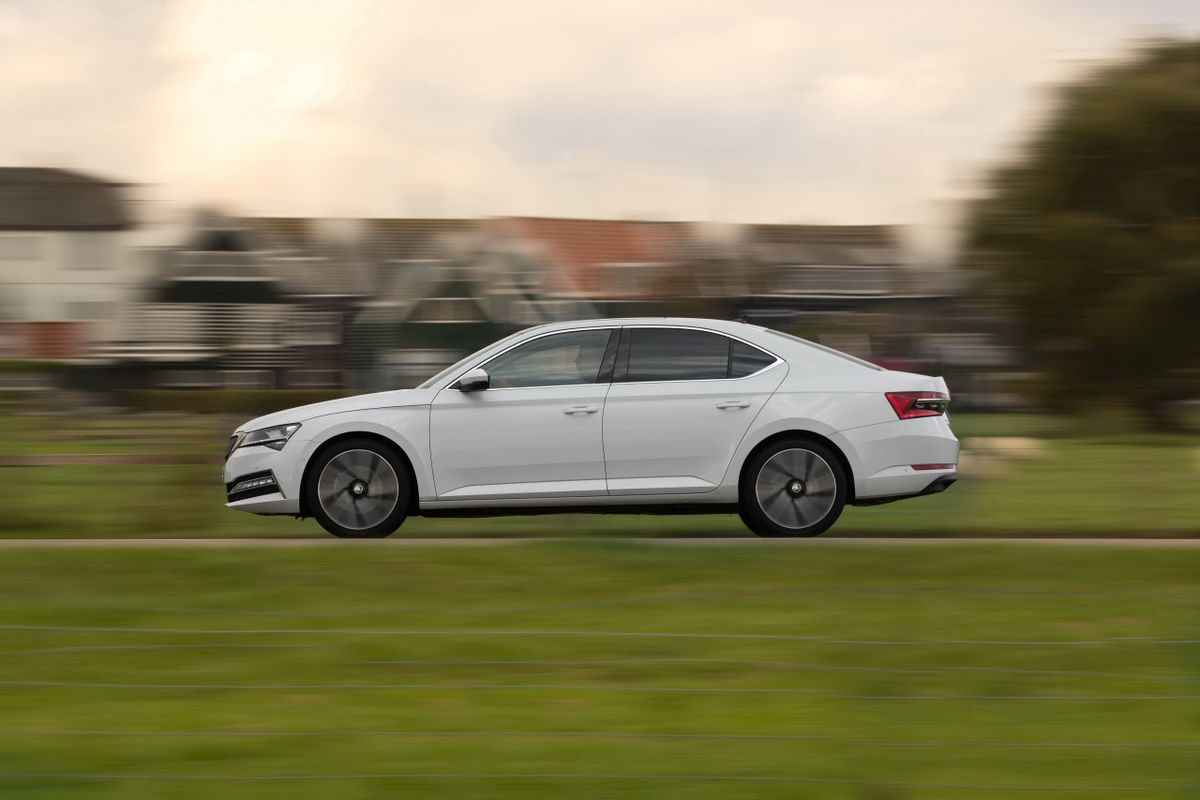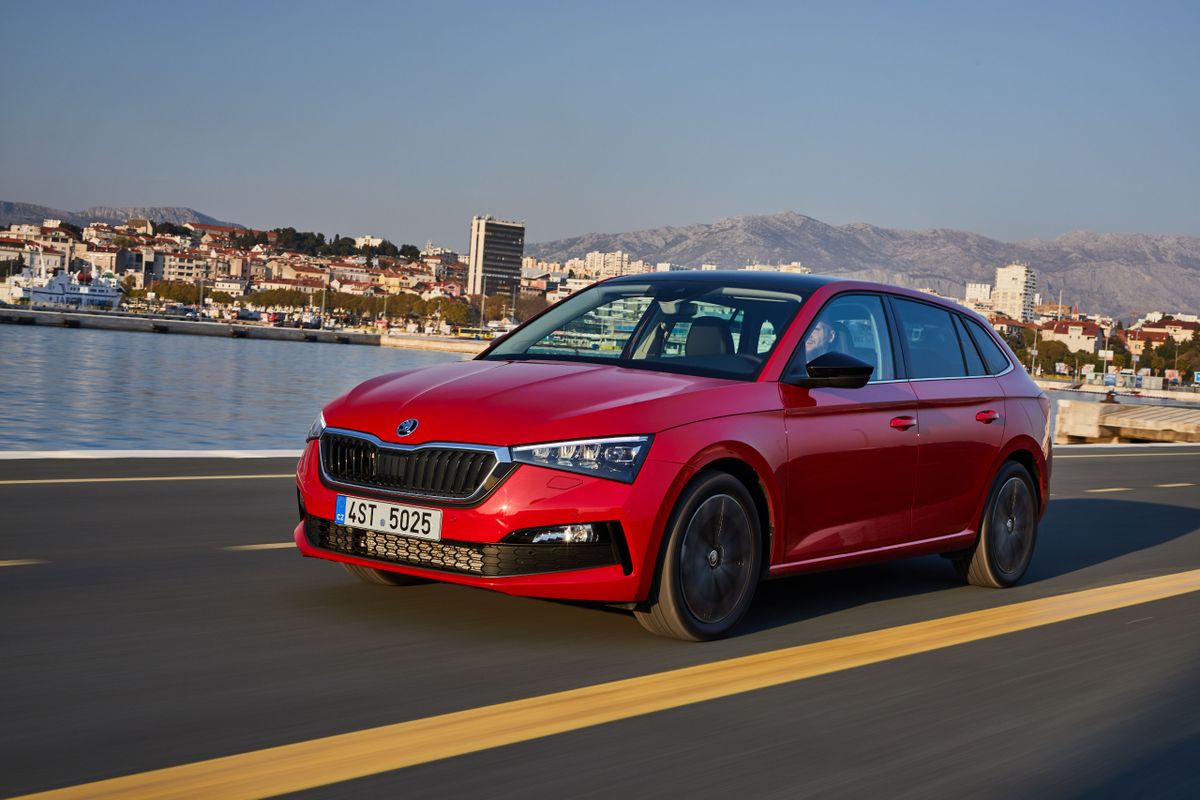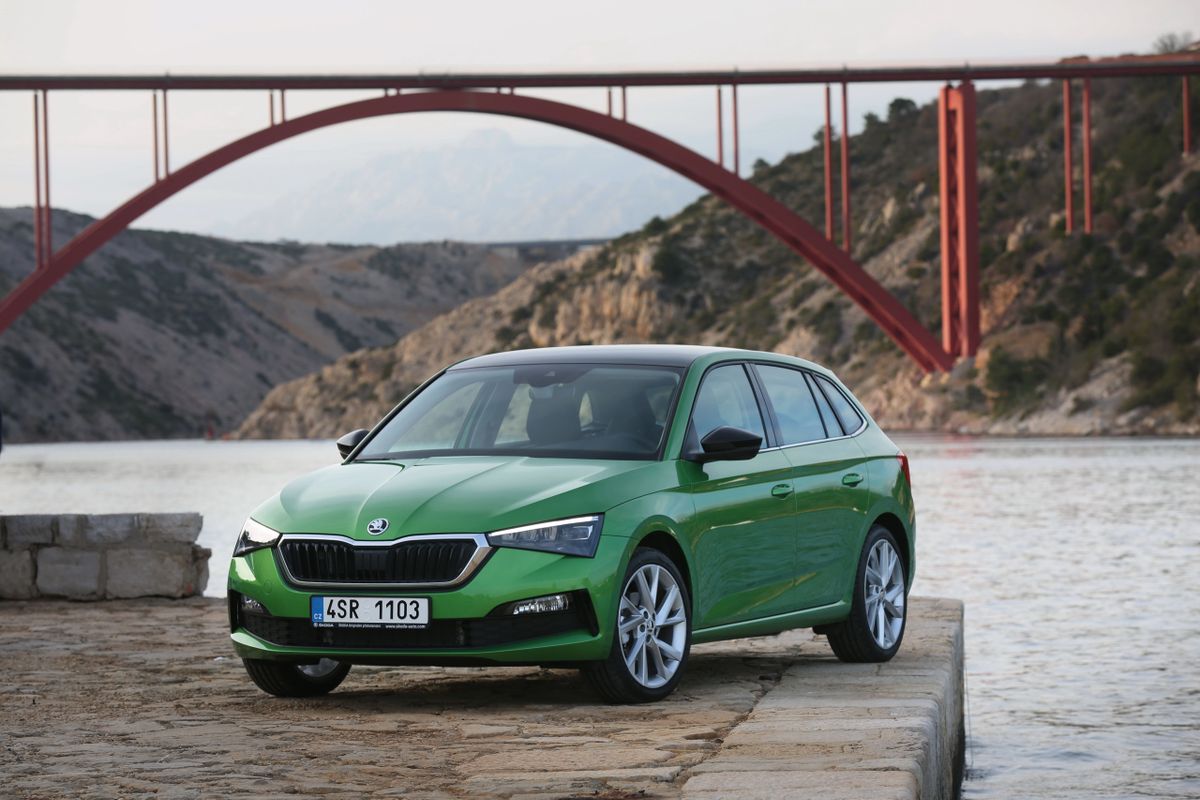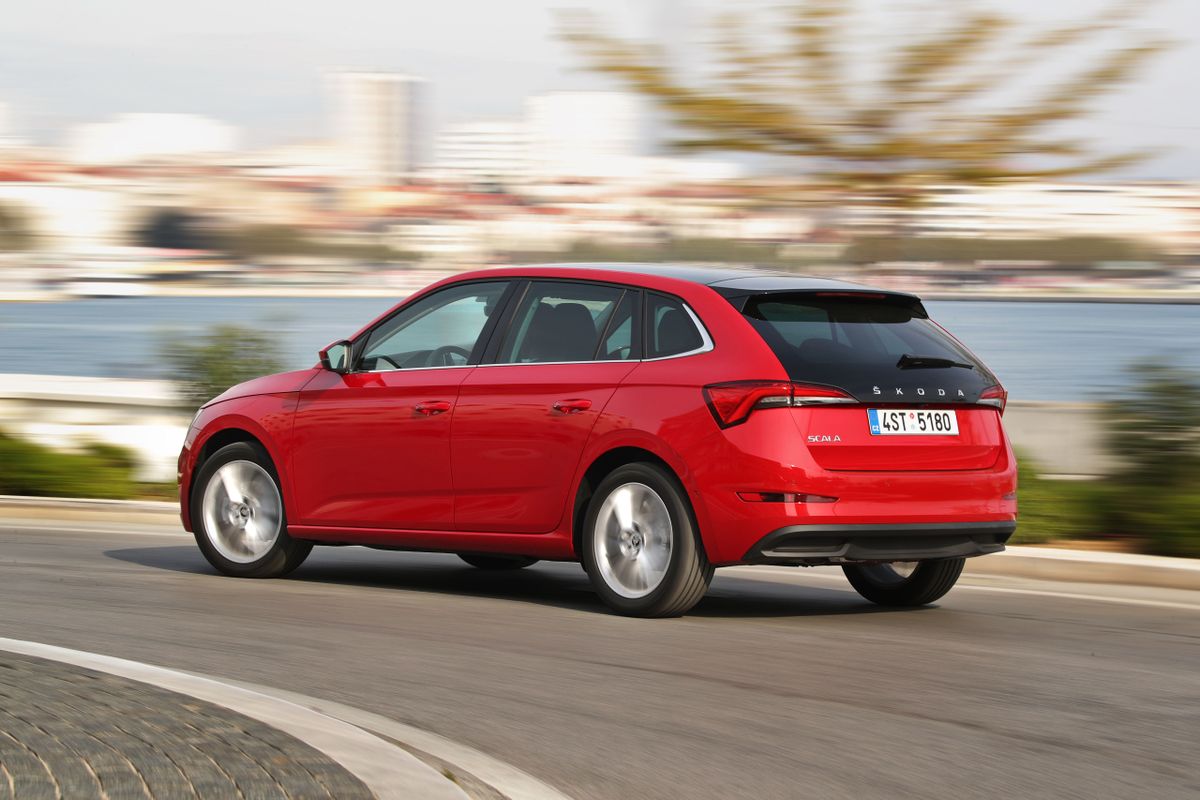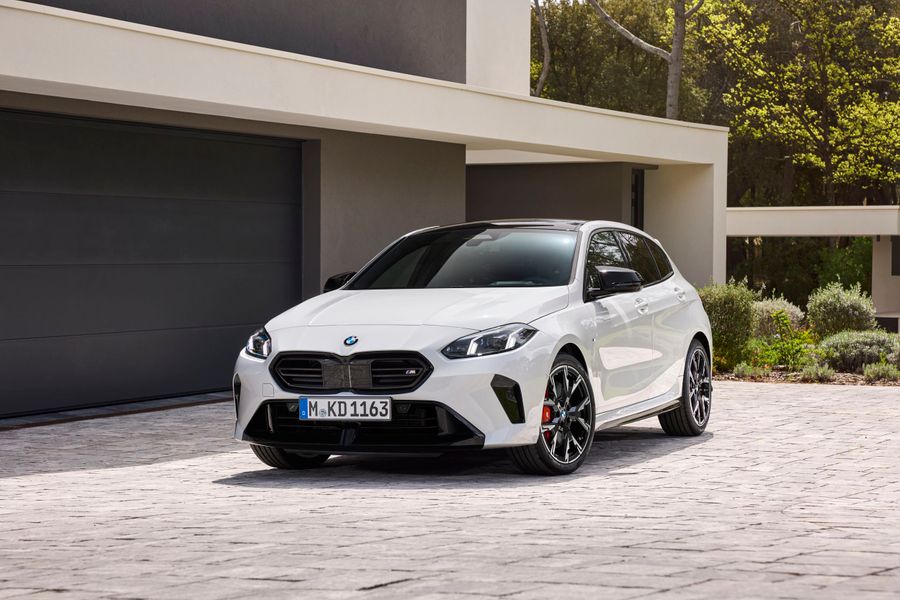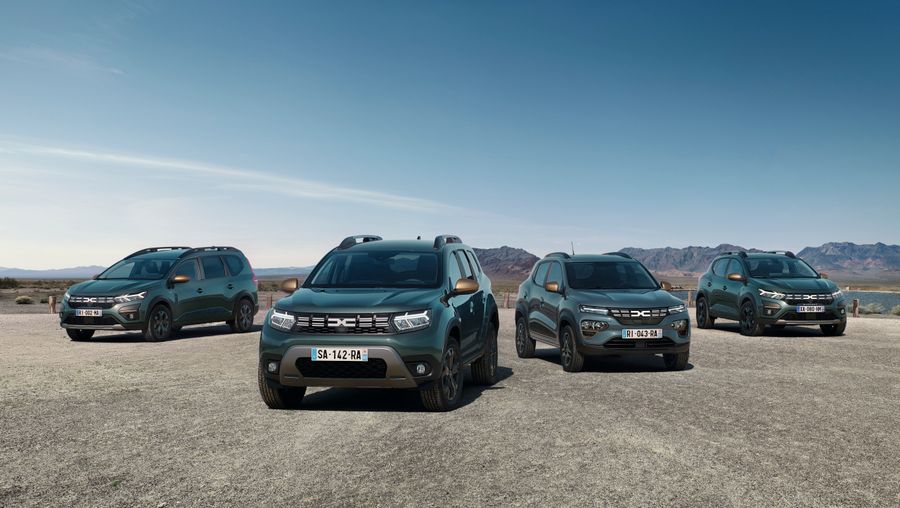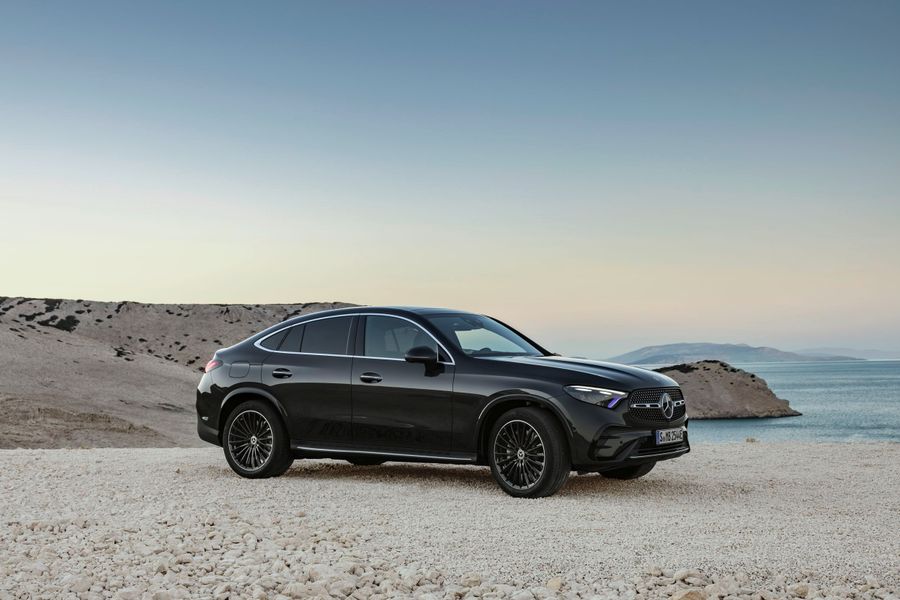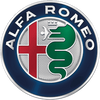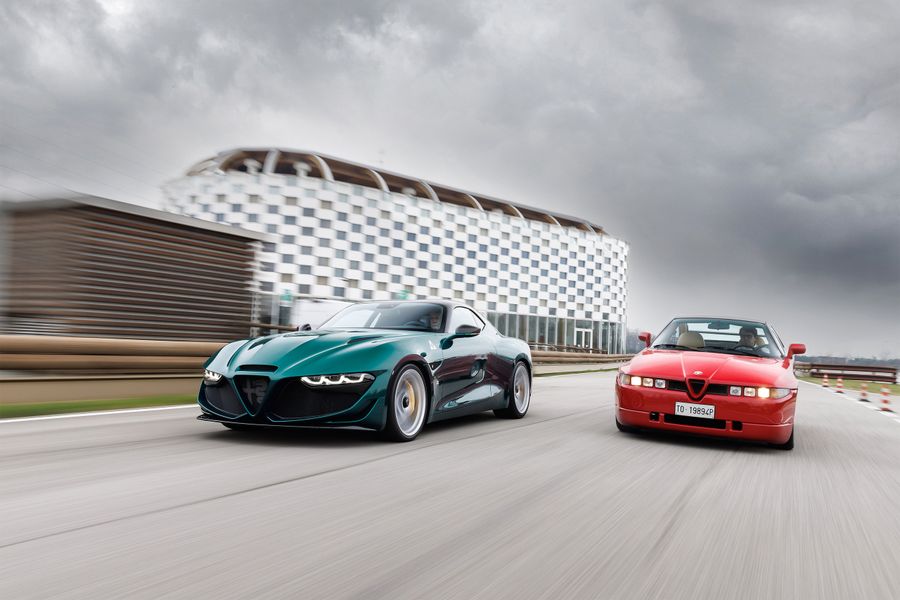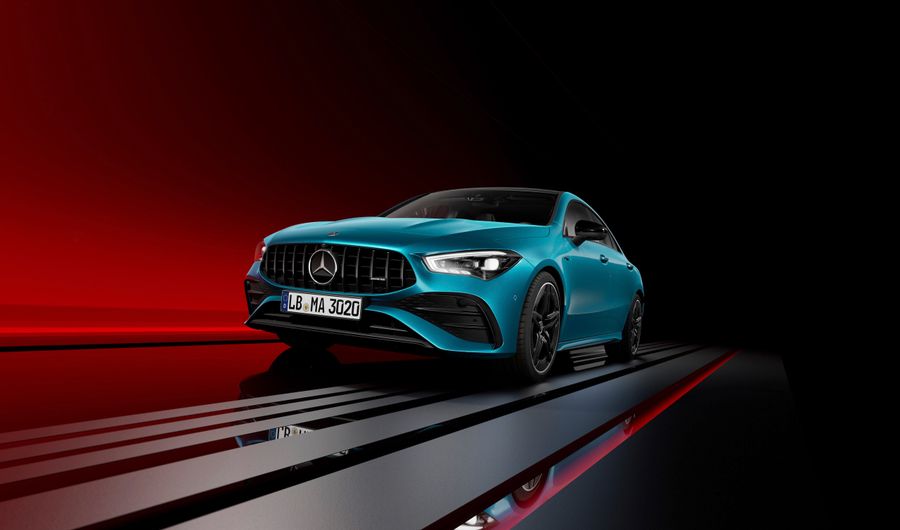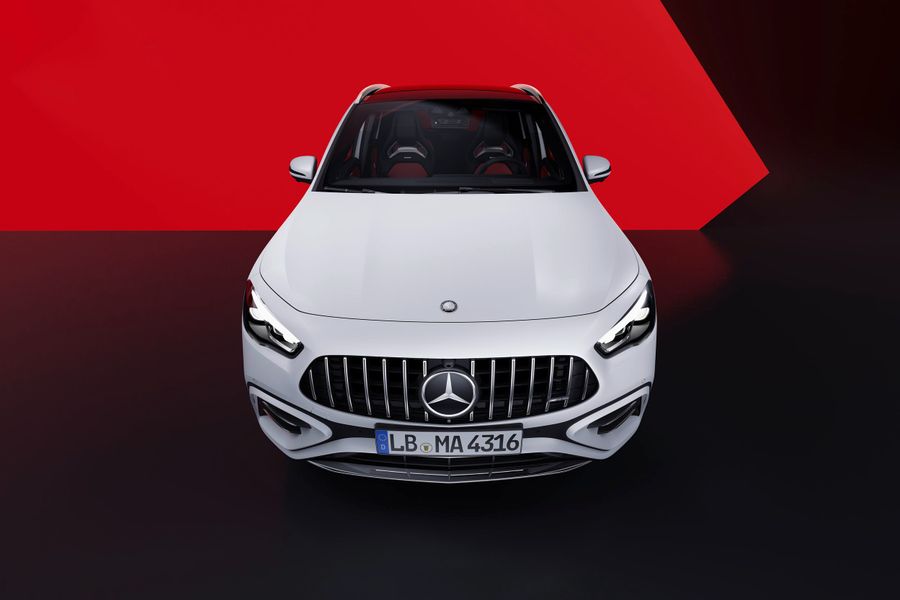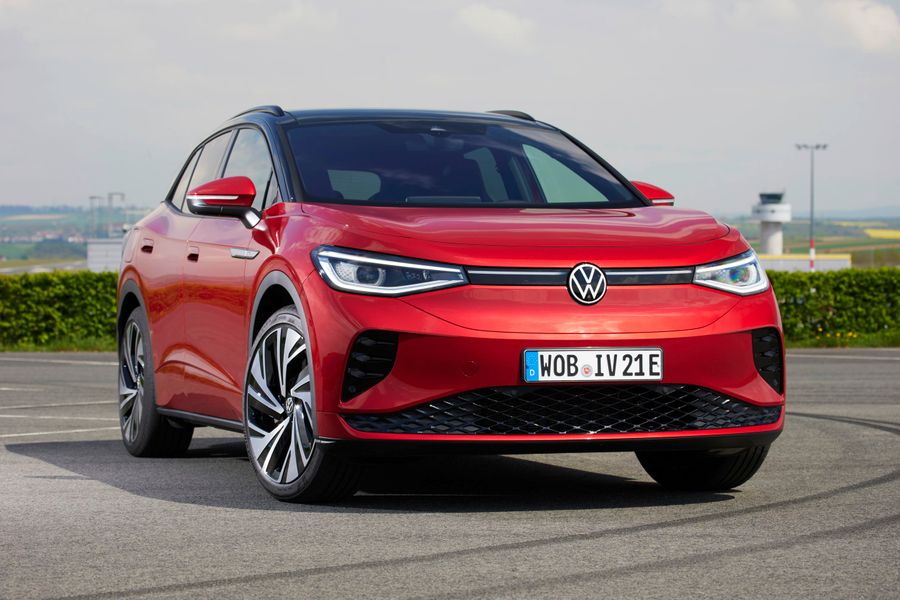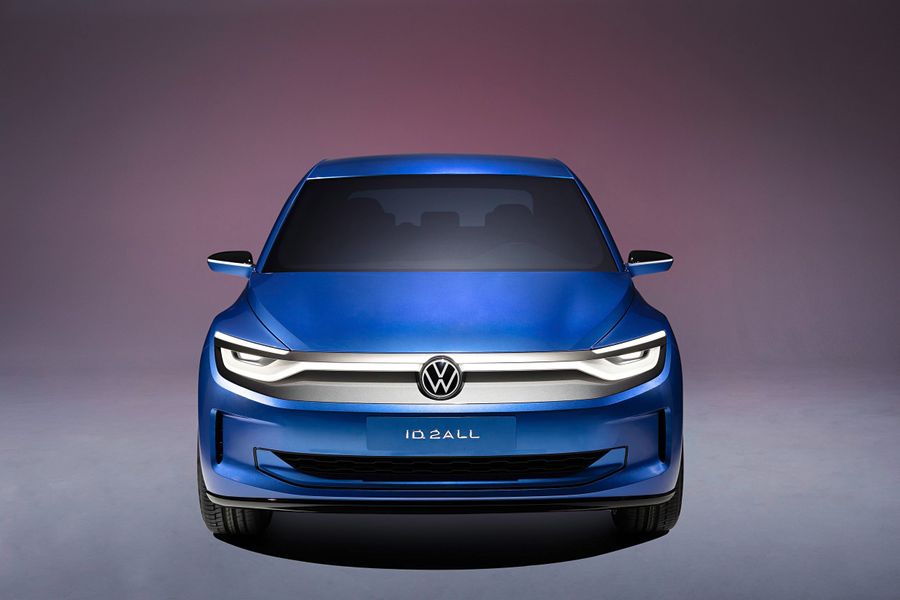
Škoda. If you want a thing well done, do it yourself
Škoda is a legendary brand with more than a century-old history. It traveled a long way from bicycles to iconic cars. Today’s Škoda is one of the subsidiaries of the Volkswagen Group. VAG is a recognized world leader in car sales, which owns not only Škoda but many other brands like Audi, Bentley, Bugatti, Lamborghini, MAN, Porsche, SEAT, Scania, of course, Volkswagen itself, and motorcycle brand Ducati. All the Škoda cars are produced on Volkswagen platforms and sold in 100+ countries. In the end of 2018, the total car sales exceeded 1.25M cars.
Today’s Škoda is one of the subsidiaries of the Volkswagen Group. VAG is a recognized world leader in car sales, which owns not only Škoda but many other brands like Audi, Bentley, Bugatti, Lamborghini, MAN, Porsche, SEAT, Scania, of course, Volkswagen itself, and motorcycle brand Ducati. All the Škoda cars are produced on Volkswagen platforms. Škoda Auto is still the largest car producer of the Czech Republic, which continues the history and time-honored traditions of the legendary Czech company Laurin & Klement, founded far back in 1895.
There lived two Václavs
And all this started with a funny incident… A humble bookseller, Václav Klement, bought an expensive German-made bicycle. But the bicycle turned out to be defective and the manufacturer refused to change, repair, or reimburse it. Václav Klement was a hard-nosed guy! He decided to make the bicycle himself! He arranged his plans with the local mechanical engineer, his namesake, Václav Laurin. A little later, two Václavs started offering a full warranty for their reliable and affordable Slavia bicycles! Afterward, they started working with motorcycles. Since 1905, they launched their own car production. They named their company Laurin & Klement, and their first car, Voiturette A, became so popular that the company had immediate success and expanded their production capacities by far.
However, the origin of the company is not the only curious fact about Škoda. Today’s Škoda is indisputable in sportster production! They won lots of awards in various races. Škoda cars are adapted to any quality of roadway covering and became winners of many sports competitions. But this brilliant success starts with a funny situation in the motorcycle race more than one hundred years ago. The designer of Laurin&Klement decided to take part in the Paris to Berlin race in 1901 himself. The motorcycle model designed for the race was so good that the Czech set the world speed record. However, his record was not recorded. The speedy driver was fast enough to make the finish at 3 a.m. when the entire award panel was fast asleep and could not log his result.
Up to 1920, the company was engaged in the production of cars, trucks, buses, aircraft engines, and farm machinery. It required strong capacities. For this reason, Laurin & Klement teamed up with the biggest mechanical engineering plant in their country - Škodovy závody. The founder of the plant - Emil Škoda – gave his name to the industrial concern. In 1925, the new car brand Škoda was born.
The origin of the logo
The ‘Indian’s Head’ has become a circle or a gear, indicating a continuous production process. The “arrow” symbolizes innovation, precision, and high quality. “The eye” is foresight, the ability to look in the future. And “wings” means forward movement, speed, progress, and development.
In 1926 Škoda started to use the ‘winged arrow’ as a logo, considered the most original and stylistically appropriate car brand logos in the world. There are several versions of the origin of this logo.
According to one of these, Emil Škoda had seen the famous Native-American warbonnet. He was so impressed that he drew a stylized head of the Indian with a five-feathered warbonnet on, having a round fastener, and an arrow. Another version is earthier: an American servant who worked for Škoda shared the romantic image of Native Americans and freedom.
Some other people attribute the logo to the company’s commercial director T. Maglich, who sketched an Indian’s head in a traditional feather dress and encircled it on a sheet of paper. The image can be understood as follows: the circle represents the continuous production, the arrow is a symbol of accuracy, the eye of the Indian show the eye precision, and feathers represent speed and progress.
Nowadays, the logo is understood in another way. The ‘Indian’s Head’ has become a circle or a gear, indicating a continuous production process. The “arrow” symbolizes innovation, precision, and high quality. “The eye” is foresight, the ability to look in the future. And “wings” means forward movement, speed, progress, and development.
Today, the Škoda Automotive Company, organized by two ordinary people who adhered to the principle of ‘if you want to do well, do it yourself’, is one of the main drivers of the Czech economy. By the way, two founding Václavs are not forgotten. The most prestigious and well-equipped versions of Škoda models are named Laurin & Klement. This is how the idea of two enthusiastic cyclists, eventually developed into the automotive giant that is famous all over the world. Škoda cars are sold in more than 100 countries, by the end of 2018, the total world sales exceeded 1.25 M cars. Škoda brand is very popular in the Czech Republic. Most people in the country prefer Škoda Octavia. This choice, according to the poll results, is due to the pride in their domestic automotive industry.
Škoda cars are sold in more than 100 countries, by the end of 2018, the total world sales exceeded 1.25 M cars. Škoda brand is very popular in the Czech Republic. Most people in the country prefer Škoda Octavia.
More interesting facts
Škoda supports the ice hockey so long that this fact was even recorded in the Guinness Book of Records. The Czech carmaker has been the general sponsor of the ice hockey competition for more than twenty years in a row and has provided transport for guests and participants in the World Championships in ice hockey and more. Does anyone know that all of Škoda’s pre-war cars had a steering wheel on the right? That’s because, before the Second World War, left-hand traffic was in place in the Czech Republic! Do you know about the rear motors like those in the Porsche? Yes, from 1964 and the next twenty years, Czech cars had motors installed in the back of the vehicle only.
And the word ‘Octavia’ derived from the Latin ‘octava’? It means ‘eighth’. The Czech car was named it because this model was the eighth one produced under the Škoda brand after the end of the Second World War. This car became the first one to replace the rear-motor oldies.)
New Octavia was created on a single A4 platform (PQ34), specially designed for the VW Group Golf class cars. Therefore it is unified with other cars of Volkswagen concern, its, let us say, step-brothers: Volkswagen Golf/Bora Mk4 1J, Audi A3 Mk1 8L, Seat Leon Mk1 1M, Audi TT, and even VW Beetle! And Octavia was the largest-scale production of Škoda because more than six million Octavias have been produced! Even now when the third and even the fourth generation of Octavia are present, demand for the legendary first modification does not decrease.
Do you know about the confusion with the name of the first in the range of Škoda 7-seat Kodiaq crossovers, capable of accommodating people of any height and size on the back seats? First, it was called ‘Snowman’, and this implied that it is designed for people of any size, thanks to its third row of seats. Then they came out with the idea to dedicate the new development to the world’s biggest brown bear – kodiak, who lives on an island of the same name in Alaska. That was the final decision! Škoda Kodiaq, built on the platform of Volkswagen Group MQB, was born. By the way, Volkswagen Tiguan of the 2nd generation is built on the same platform. In this case, the Czech crossover has a 7-seat version. And surpasses its likes in both external and internal dimensions.
Škoda Kodiaq is named after the kodiak, living on an island of the same name in Alaska. Škoda Octavia called ‘Octavia’ because it was the eighth one produced under the Škoda brand after the end of the Second World War.
Except for the ‘giant’ Kodiaq, Škoda also produces compact crossovers: Karoq, which has come to replace Škoda Yeti, compact family car Scala, subcompact crossover Kamiq. There are also small class cars: Škoda Rapid and Škoda Fabia. There is also Škoda Superb, which can be considered a ‘large-family car’ or a business-class one, depending on what you prefer :)
By the way, today all Škoda models are equipped with Direct Shift Gearbox (DSG). This is not just another automatic gearbox! It’s a double-clutch and double-gearbox system! The operation of this system results in a seamless and almost instantaneous gearshift, and the dynamics of this gearbox is comparable to that of a manual gearbox! That’s why you’ll find a fast, accurate, and precise gearshift in any driving mode in addition to low fuel consumption. As Škoda claims, they offer 22% less consumption than traditional automatic gearbox manufacturers do! You will be able to drive comfortably both on a highway and in heavy city traffic.
Škoda has come a long way from bike production to iconic cars. From funny stories to legends. Its history has had ups and downs, mergers, and dramatic changes. All these have seasoned the personality of the manufacturers and allowed them to produce models that are always relevant, wanted, and reliable. Under the capable guidance of Volkswagen, Škoda is moving forward without slowing down the production speed. By 2022, we expect 30 new models, including 10 models of electric cars and hybrid cars.

